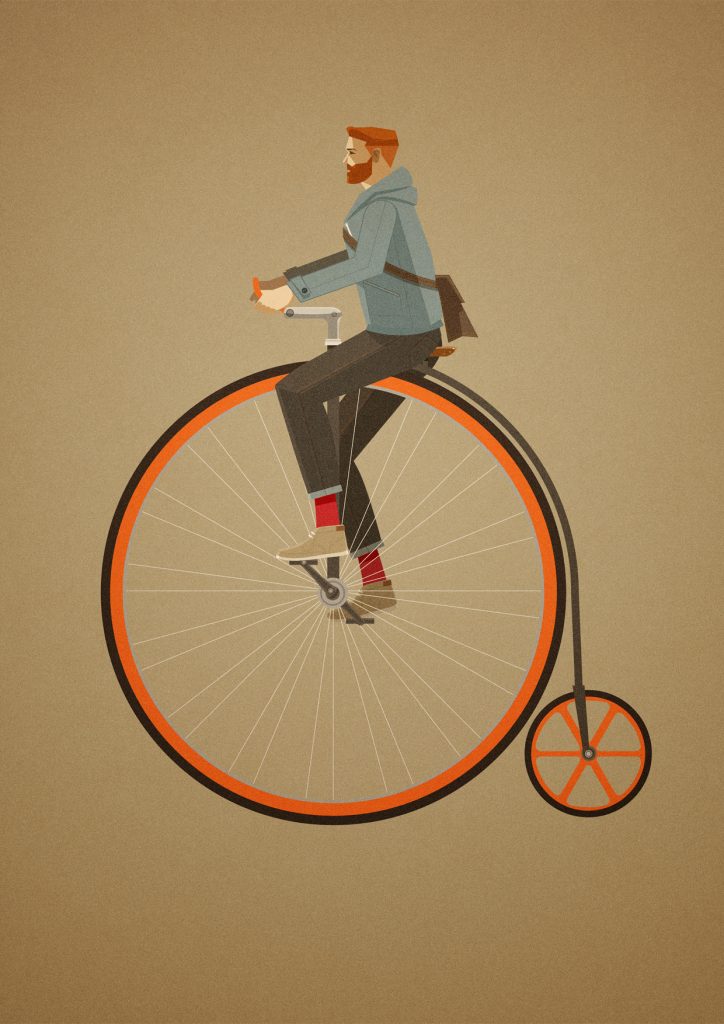Vancouver is a great city for urban wildlife. At dusk you could walk round any of the streets in the Downtown – loomed over by mid-rise residential blocks – and you see anything from a raccoon nibbling on rubbish to an otter fishing on the sea wall. A skunk you’ll probably smell. Part of this is in the gift of having Stanley Park taking up 400 hectares of prime space with centuries old trees and multiple eagle nests. The birds don’t just stay in the trees of course – the most intelligent, seagulls and crows, hustle around the back alleys – fighting over discarded food or (in the case of the crows) hanging out over intersections using passing cars to crush open nuts and shells for them. There are even the tiny, somewhat twee, hummingbirds. After crafting their nests from cobwebs and lichen, like something from a Joanna Newsom song, they suck the nectar from plant blossom. I have a little syrup feeder stuck to the window of our apartment previously regularly visited by a bird we named Elliot. But he is gone now, replaced by another more shy and skittish.
Currently, the city is experiencing one of its greatest displays of natural life. A short walk from English Bay beach, behind the mini golf course and Lost Lagoon are a clump of trees populated with around 100 pairs of herons. Each year they return to the trees to breed and raise their young. They are a curious contradiction of a bird. At once they are graceful – their necks long and lender, eyes sharp – and clumsy. Their body seems too large – like a swollen cargo plane – and their legs too brittle to fly. Yet, somehow they do – their giant wings waft them slowly steadily through the air.
The contradictions of herons lend themselves to the interests of artists and naturalists. John James Audubon who produced the seminal bird survey of North America pictured the Great Blue Heron in his study. From the picture you get an idea of the strange tension of grace and gawkiness of the heron. It is graceful, with a long neck and imperturbable calm – springing sharply from stillness to stab a fish out of the water. The painting shows how the bird raises its wing over the water causing shade to cloak the surface – making it easier to see fish within. Theodore Roethke’s poem The Heron, mirrors the grace and movement of the bird in its rhythm whilst capturing something of it “antic” oddness.
And there is something so intimate about being able to witness all of this just a few moments walk from the centre of the city. Up in the carefully structured nests you can see all the details of their domestic life. The building of their nests, their preening of each other – the way they shape their necks so precisely (taking real care with their somewhat ungainly beaks) to tweak their partner, pulling affectionately at their feathers. They will even tangle their necks together in a close embrace.
Perhaps an example of a balanced fair relationship – they are one of the few birds who are not sexually dimorphous – the males are identical from the females. One of the first lessons of ornithology is that males will usually display far more flamboyantly and extravagantly than a female – if you see a bright, patterned bird or duck you can be sure that it is a male. They share most of the familial tasks – both keeping the eggs warm and both fishing – you can see them sailing across the skyline each evening, crossing False Creek for food.
What becomes apparent through all this domesticity is that herons, to a greater extent than many other creatures, display love. They show care for their partner – sharing equally the burdens of raising their chicks. For love is sharing – a sharing of your home, your time and your life. Herons do all this. They mate for life – and return to the same home each year. In a city where loneliness and isolation is a major problem, the herons provide an example of the joy of closeness and companionship.
You can watch all the herons in their nests online on the Vancouver Parks and Recreation Board website here: http://vancouver.ca/parks-recreation-culture/heron-cam.aspx






